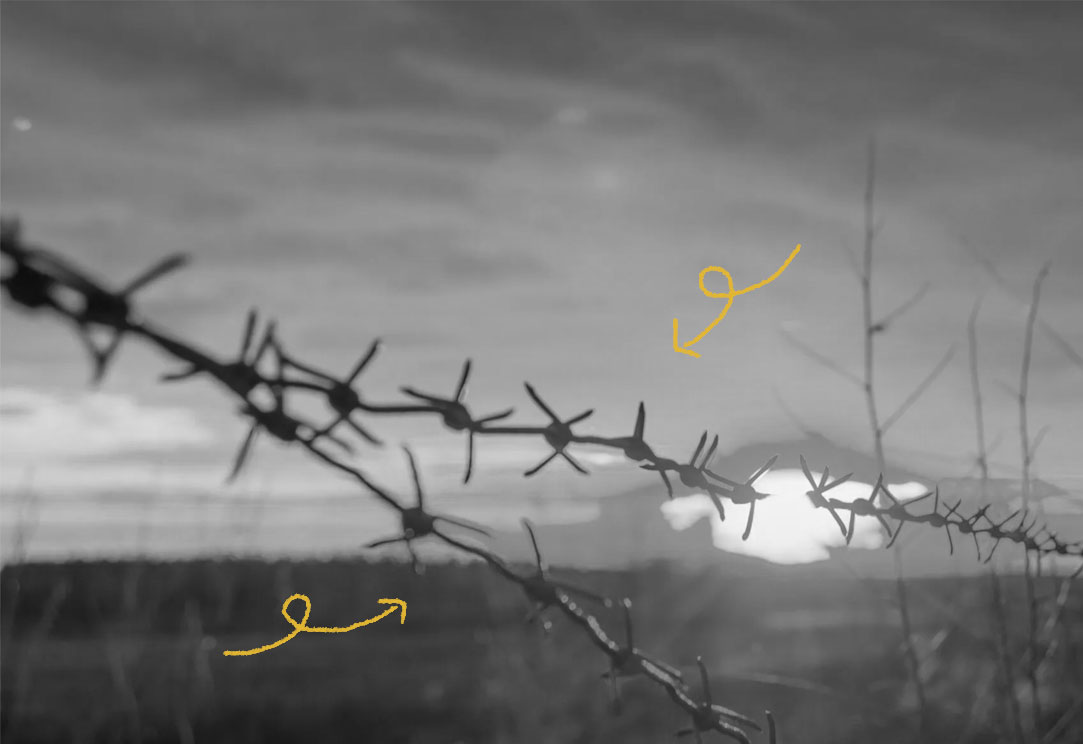After Abraham Lincoln’s Homestead Act of 1862, waves of people began moving westward and claiming land. Drawing boundaries became important to many of these settlers, who sought to displace Native Americans, protect crops, and keep some animals in while keeping others out. Between 1867 and 1874, over 200 different patents for different types of “spiked fencing” were processed. Lucien Smith is credited with creating the first true barbed wire prototype, which he called “thorny wire.” It caught on quickly, but had to be handmade. In 1874, Illinois farmer Joseph Glidden won a patent battle and began mass-producing barbed wire for the first time. John Warne Gates also manufactured barbed wire and later sold his company to J. P. Morgan’s U.S. Steel. All of this mass production drove a fencing spree out West, which ultimately hurt cattle and other animals who got caught in the barbed wire. Often, they died from their wounds or from dehydration or starvation. Native Americans reportedly referred to barbed wires as “devil’s rope” because it ensnared wild buffalo. Barbed wire companies marketed their products as tools of oppression, often capitalizing on prejudices that sadly still exist today. In modern times, barbed wire is still sometimes used for controlling animals, but is also associated with prisons, concentration camps, and border walls. In the 1980s, manufacturers successfully created high-tensile barbed wire, and in the early 2000s, they began galvanizing the steel by coating it in a rust-resistant mixture of 95% aluminum and 5% zinc. Today, some of the biggest innovations in barbed wire technology and fencing are made from other countries, including Australia and New Zealand.

Your go-to guide for weird history facts
Subscribe to the FREE daily email that makes learning about history fun.


